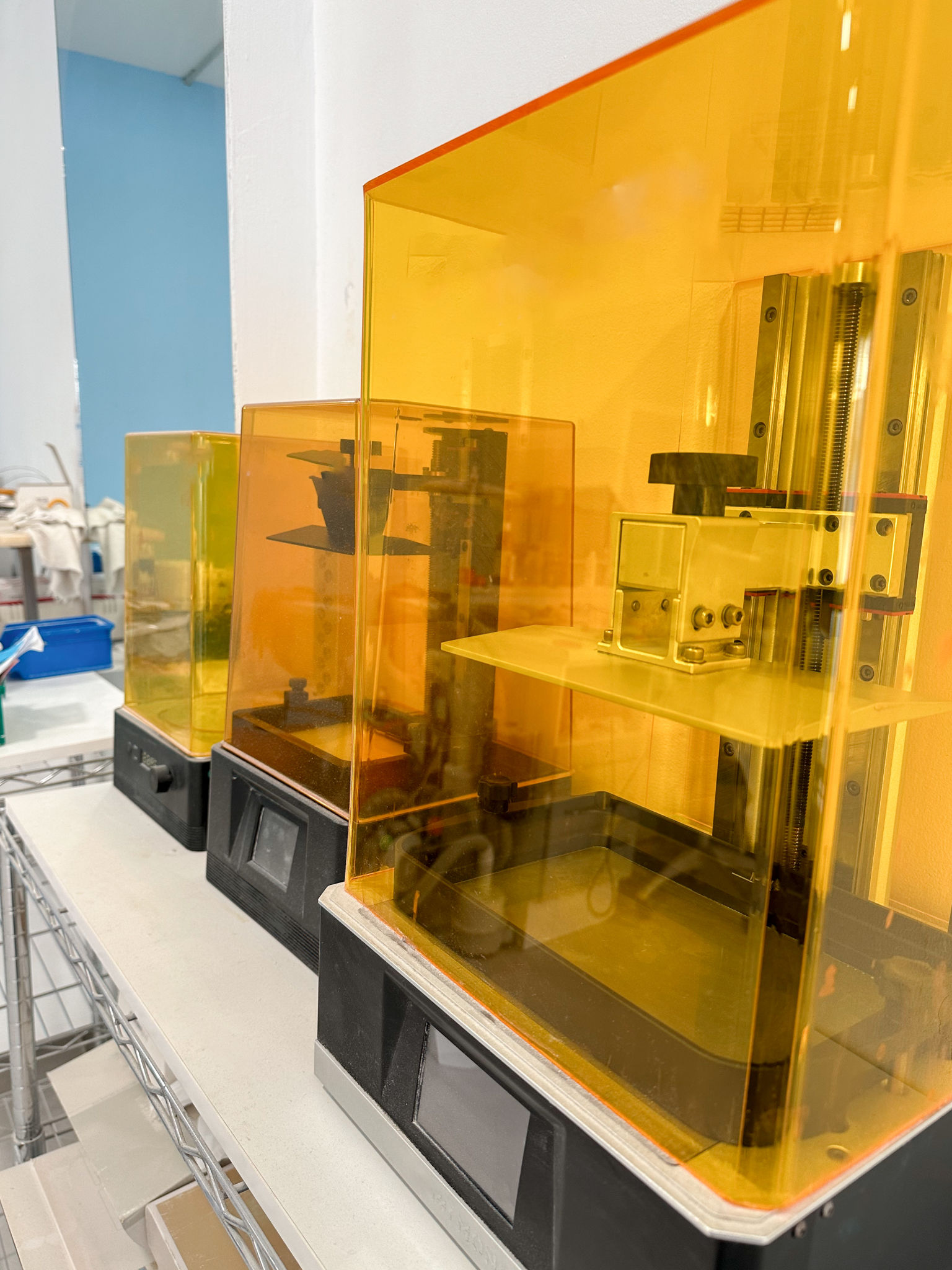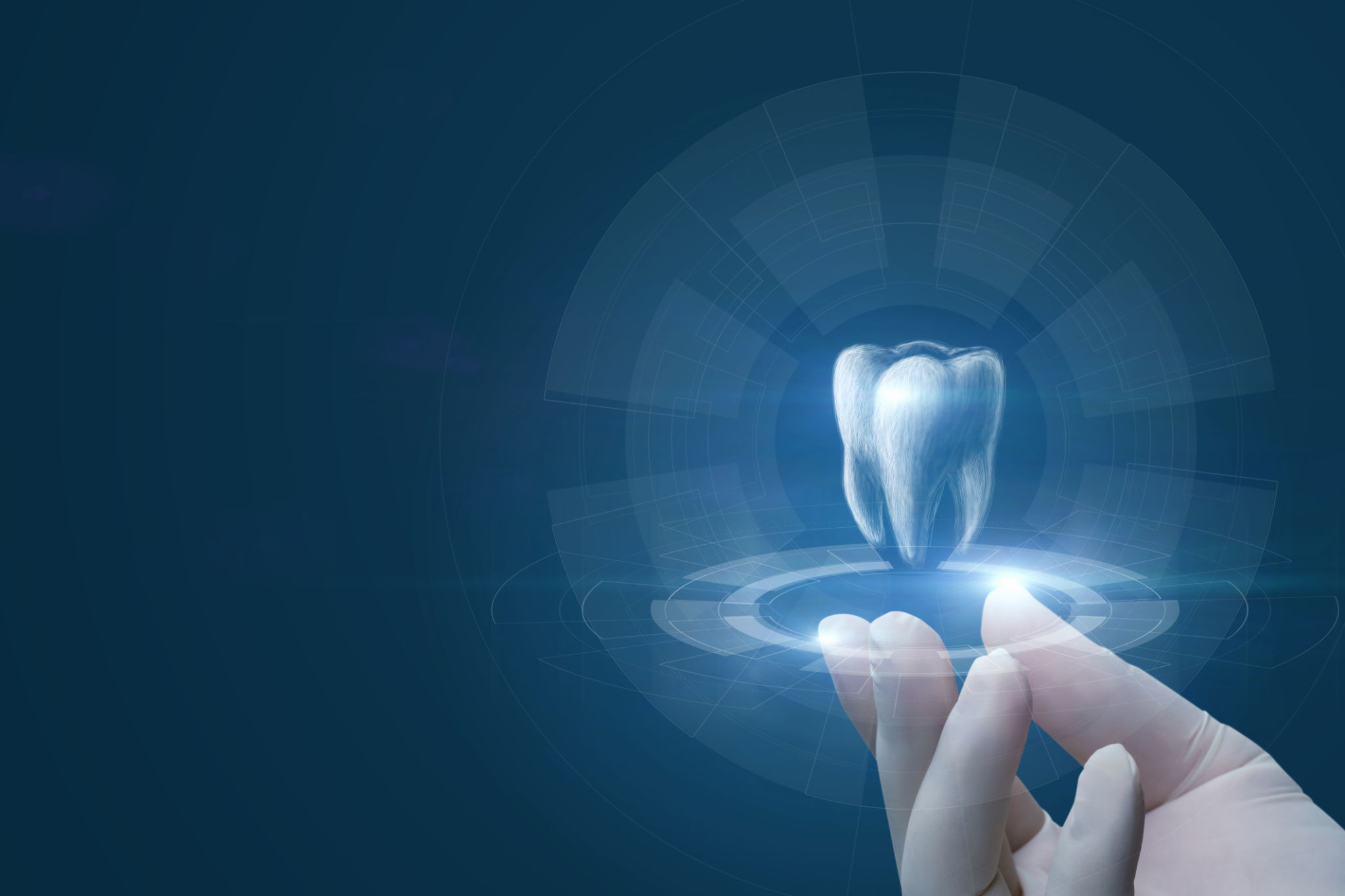The Future of Dentistry: Trends in 3D Printed Restorative Demo Models
Understanding 3D Printing in Dentistry
In the ever-evolving field of dentistry, technological advancements are continually reshaping how dental professionals approach patient care. One of the most exciting developments in recent years is the use of 3D printing for creating restorative demo models. This innovative technology is not only transforming the way dentists plan treatments but also enhancing patient understanding and engagement.
3D printing allows for the creation of precise, physical representations of a patient's dental structures. These models serve as invaluable tools during consultations, enabling patients to visualize proposed treatments and make informed decisions. The accuracy and detail provided by these models are unparalleled, offering a new level of clarity in treatment planning.

Advantages of 3D Printed Models
The benefits of using 3D printed models in dentistry are numerous. For one, they provide a tangible representation of complex dental procedures, which can significantly improve patient communication. When patients can see and touch a model of their own mouth, it demystifies the process and makes them more comfortable with the proposed treatment.
Moreover, 3D printed models can be customized to reflect each patient's unique anatomy. This level of personalization ensures that dental restorations are more accurate and better fitted, reducing the likelihood of complications or adjustments after procedures. Additionally, these models can be produced quickly and cost-effectively, making them a practical choice for dental practices.

Streamlining Dental Procedures
Beyond patient education, 3D printed models are proving to be invaluable during actual dental procedures. They allow dentists to plan surgeries with greater precision, anticipate potential challenges, and ultimately improve outcomes. By having a detailed model to reference, dental professionals can execute procedures with increased confidence and efficiency.
This technology also facilitates collaboration between dental specialists. By sharing accurate models, orthodontists, periodontists, and other specialists can better coordinate treatment plans, ensuring comprehensive care for patients. As a result, treatment timelines can be shortened, and overall patient satisfaction can be enhanced.

The Impact on Dental Education
3D printing is making significant inroads into dental education as well. Dental schools are incorporating this technology into their curricula to better prepare students for future practices. By working with 3D printed models, students gain hands-on experience with realistic simulations of clinical scenarios.
This approach not only enhances their technical skills but also improves their ability to communicate effectively with patients. As these students enter the workforce, they carry forward the advantages of this technology, contributing to its broader adoption and integration within the dental community.
Challenges and Considerations
Despite the numerous benefits, there are challenges associated with integrating 3D printing into dental practices. Initial setup costs for 3D printers and related software can be substantial. Additionally, there is a learning curve associated with mastering this technology, which may require investment in training for existing staff.
However, as 3D printing technology continues to advance, these barriers are gradually diminishing. The growing accessibility and affordability of 3D printers are making it easier for dental practices of all sizes to adopt this revolutionary approach.

The Future of 3D Printing in Dentistry
Looking ahead, the future of 3D printing in dentistry appears promising. Continued innovation is expected to yield even more sophisticated materials and printing techniques, further enhancing the precision and application of restorative demo models. As these advancements take shape, they will continue to push the boundaries of what is possible in dental care.
Furthermore, as patient expectations evolve alongside technological capabilities, dental practices that embrace 3D printing will likely stand out for their commitment to cutting-edge care. By investing in this technology now, practitioners position themselves at the forefront of an exciting era in dentistry.